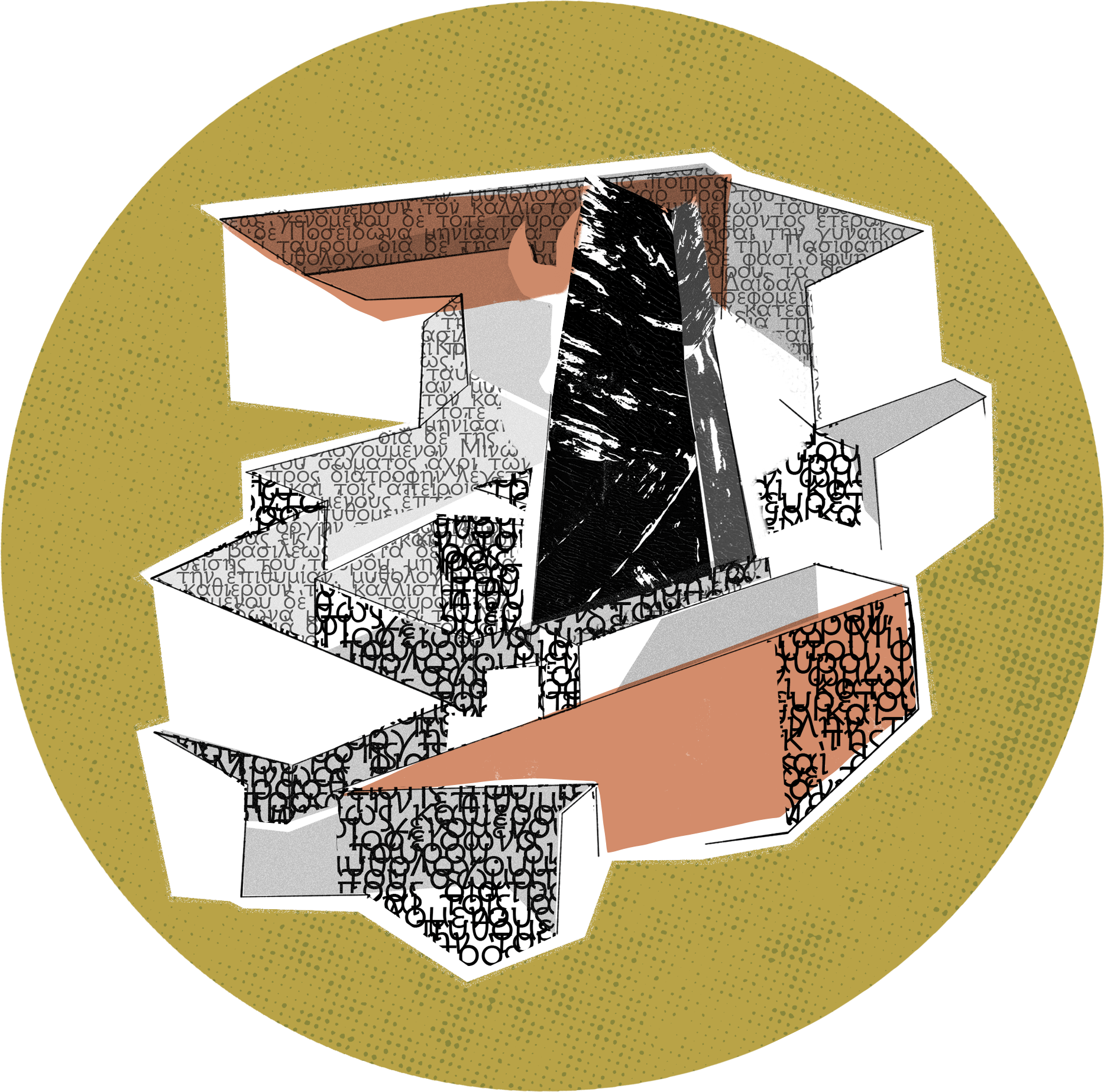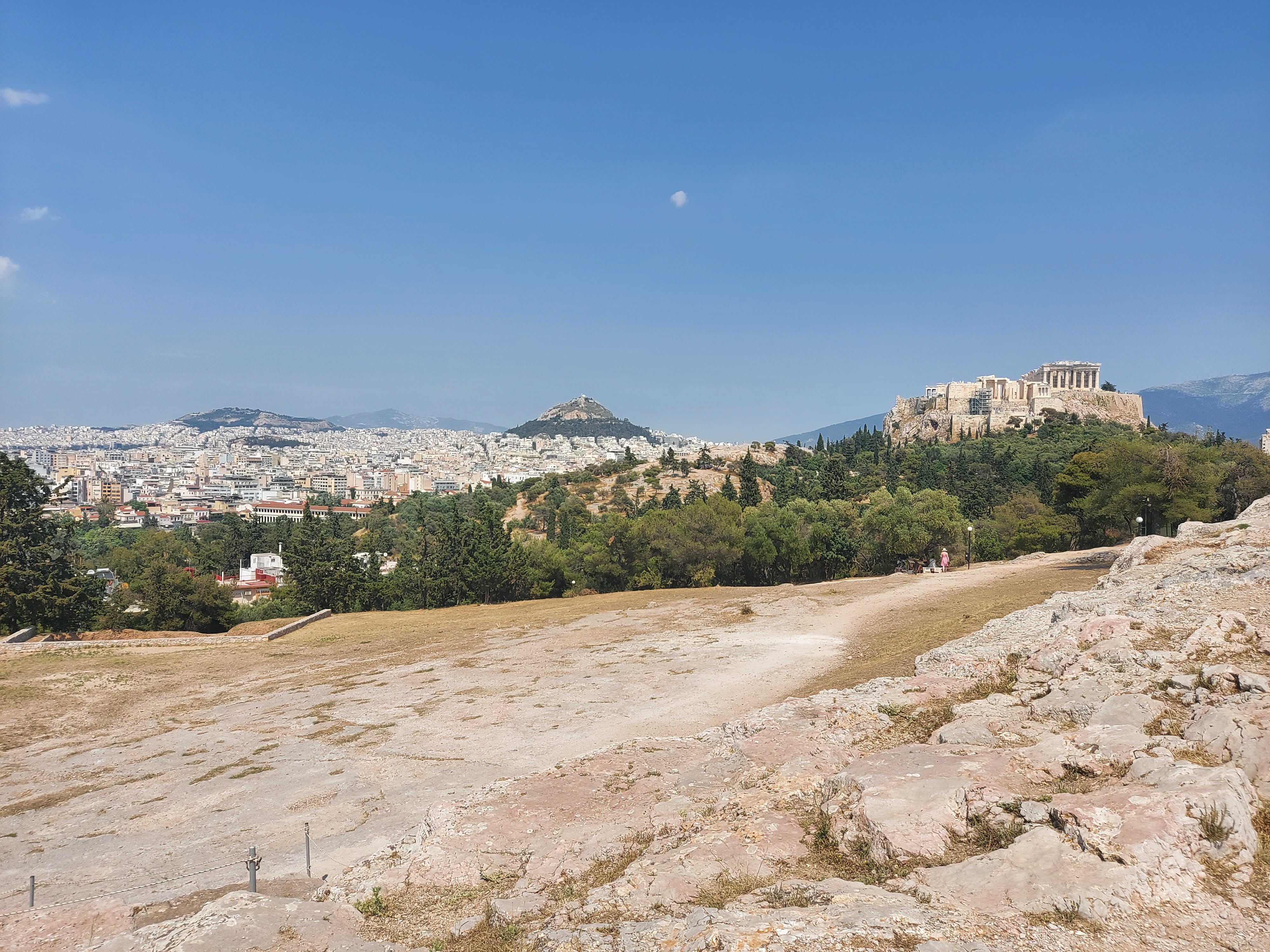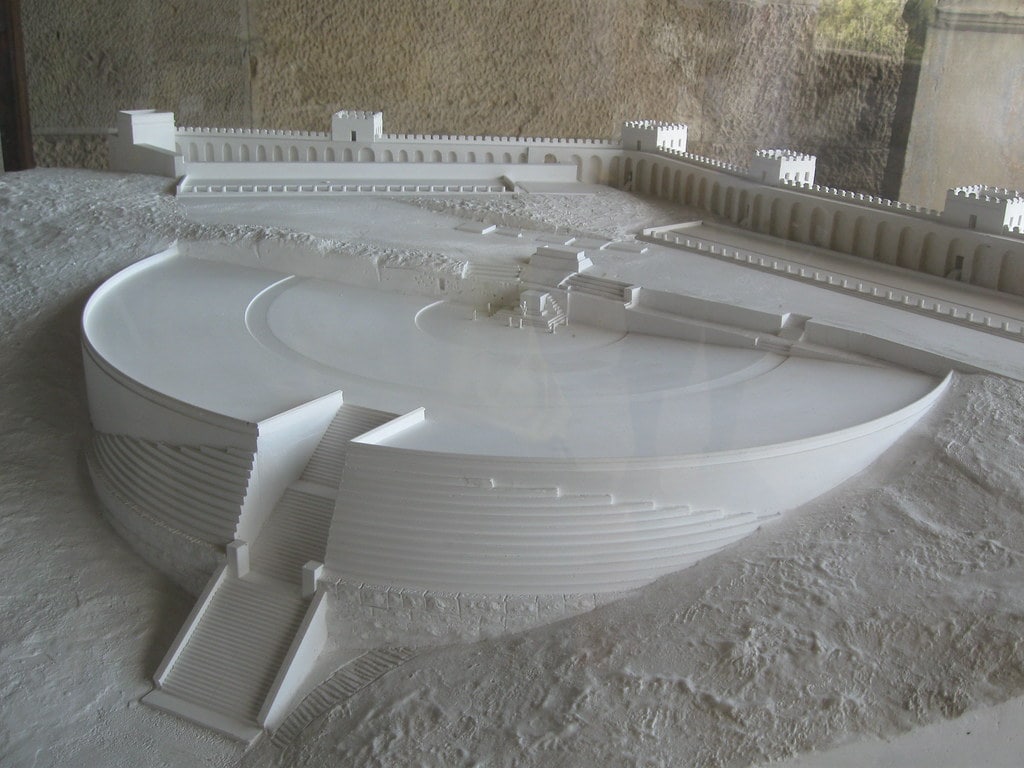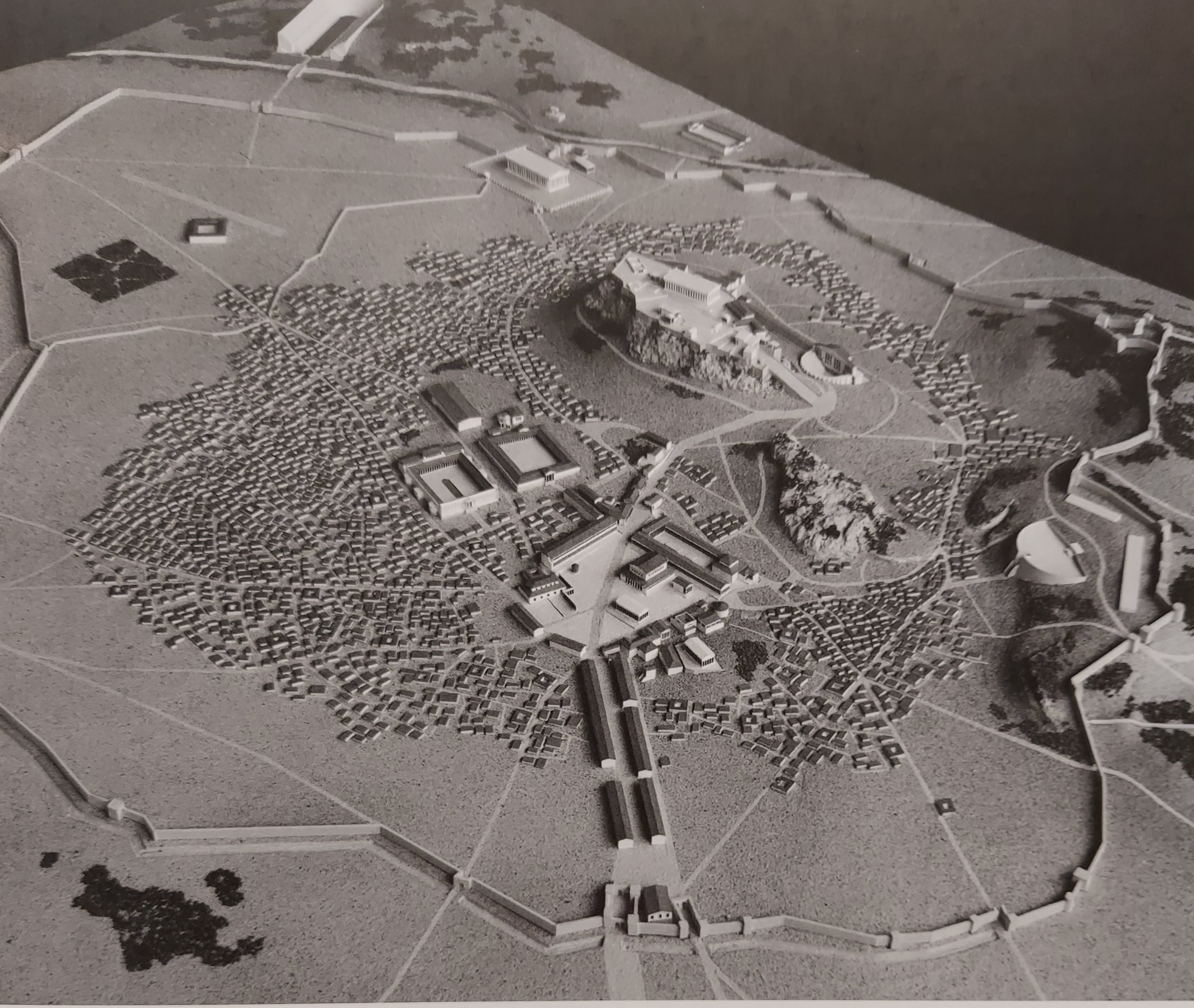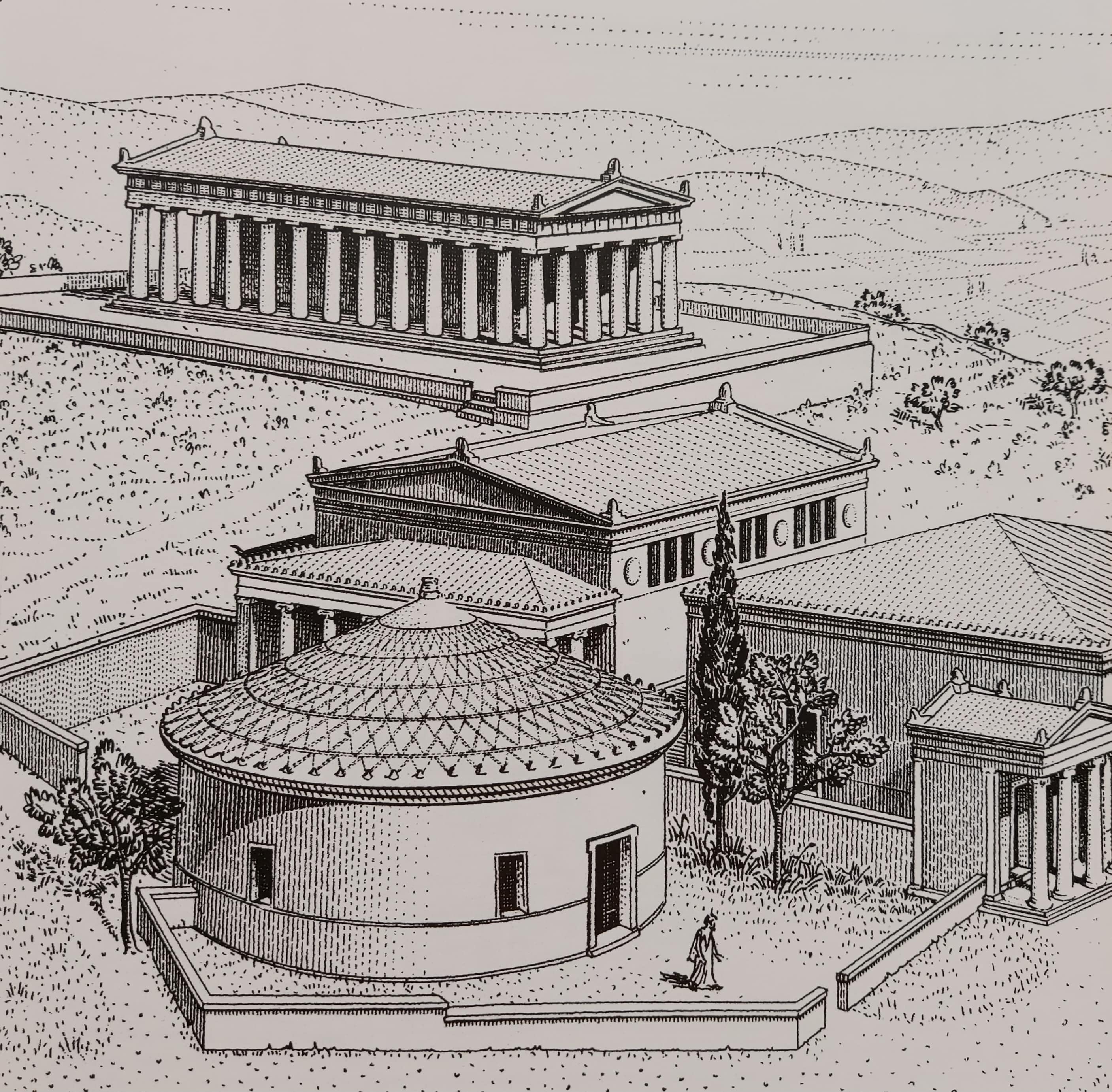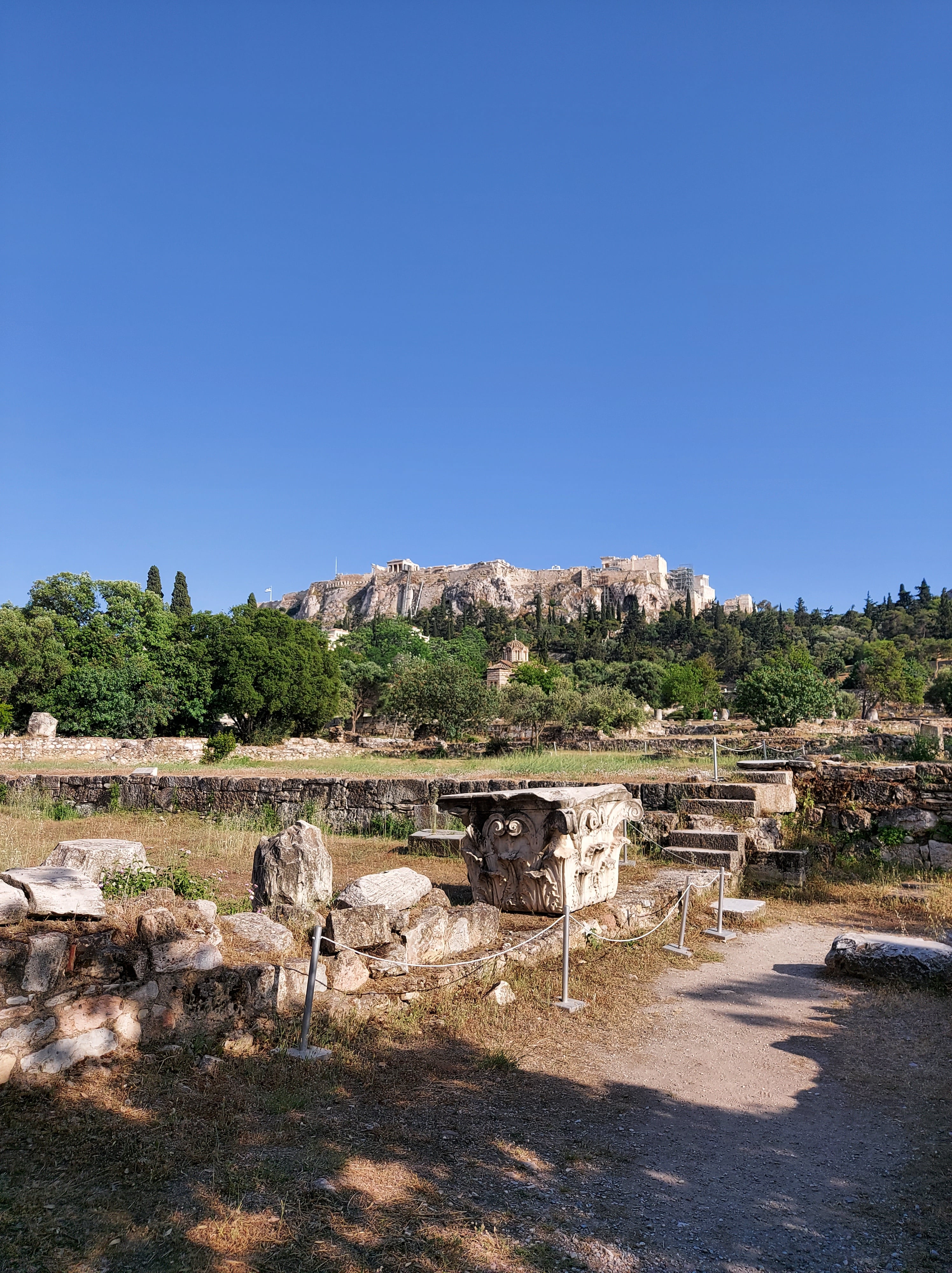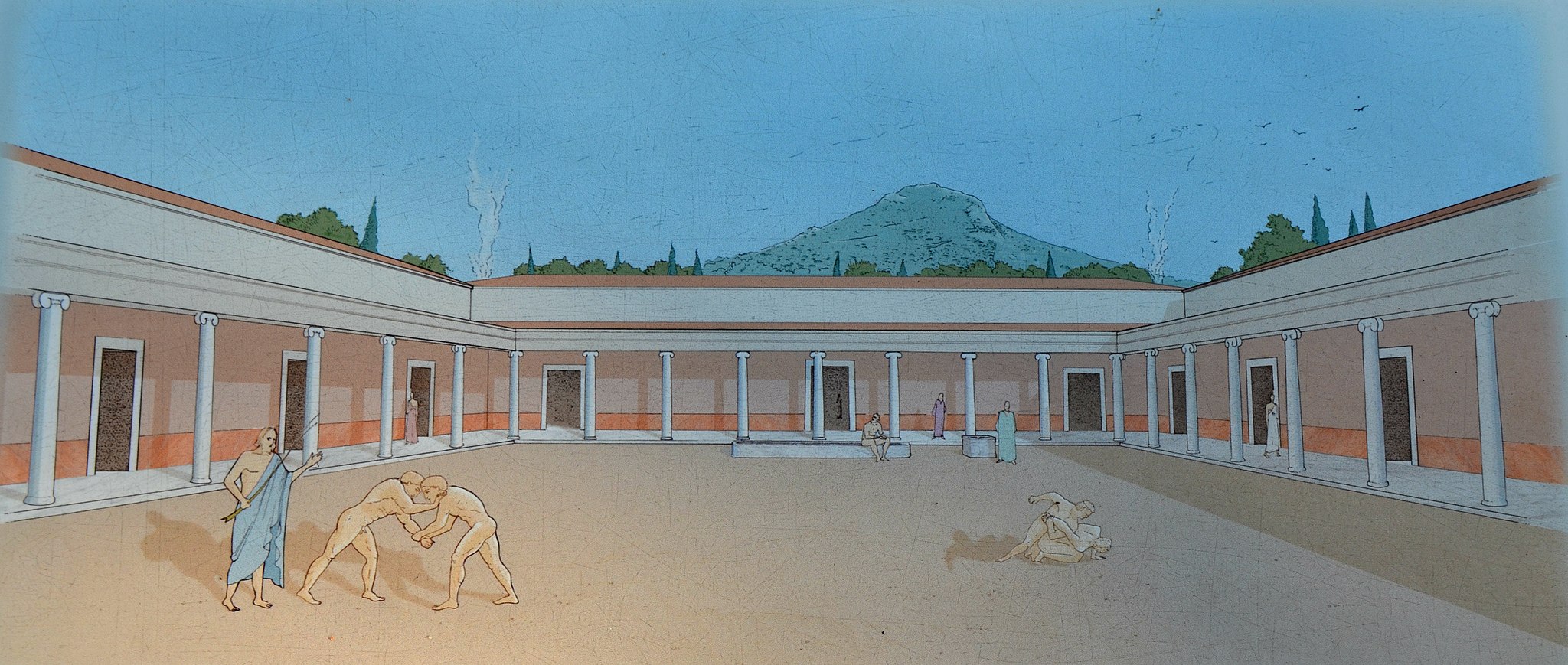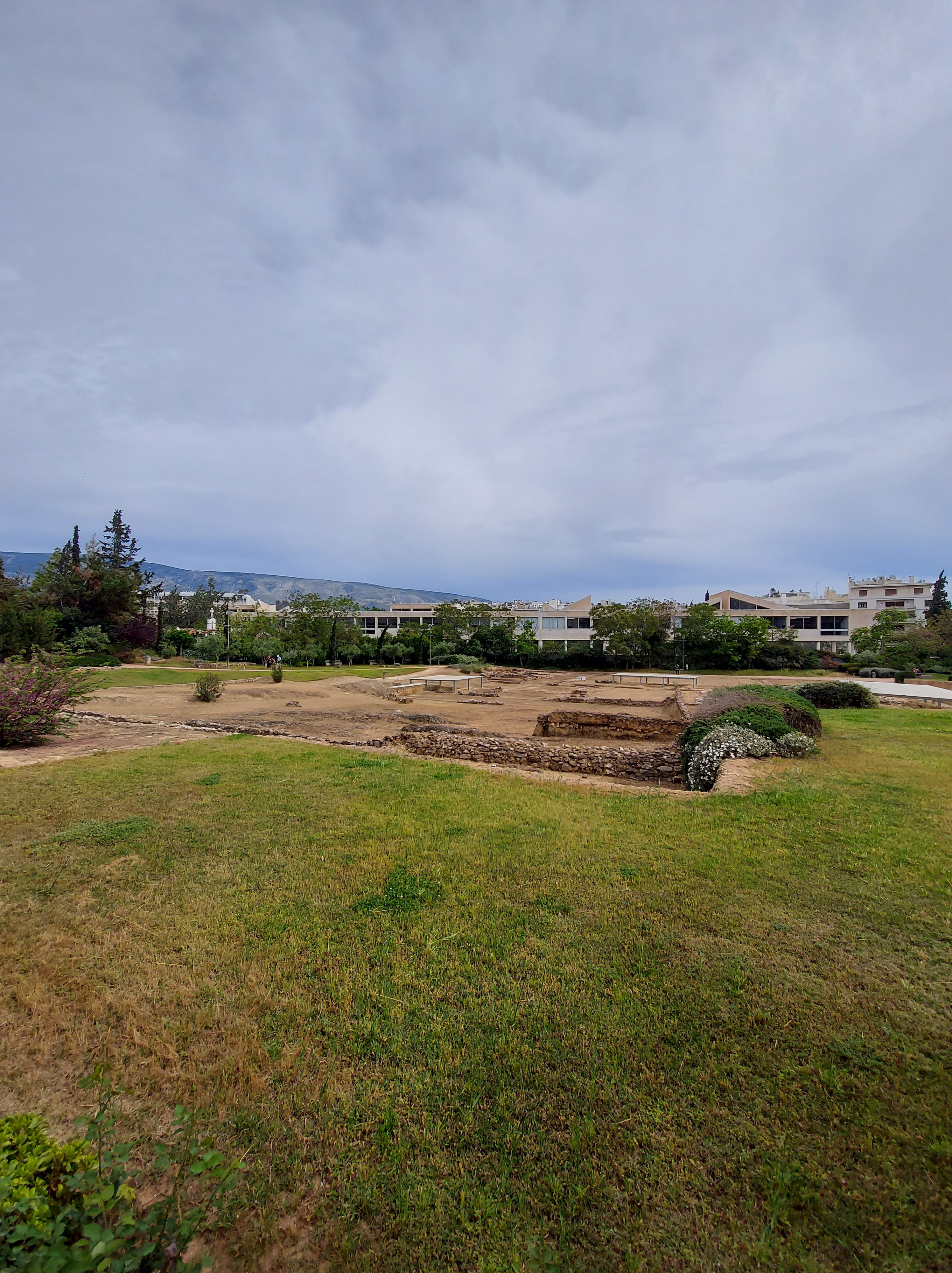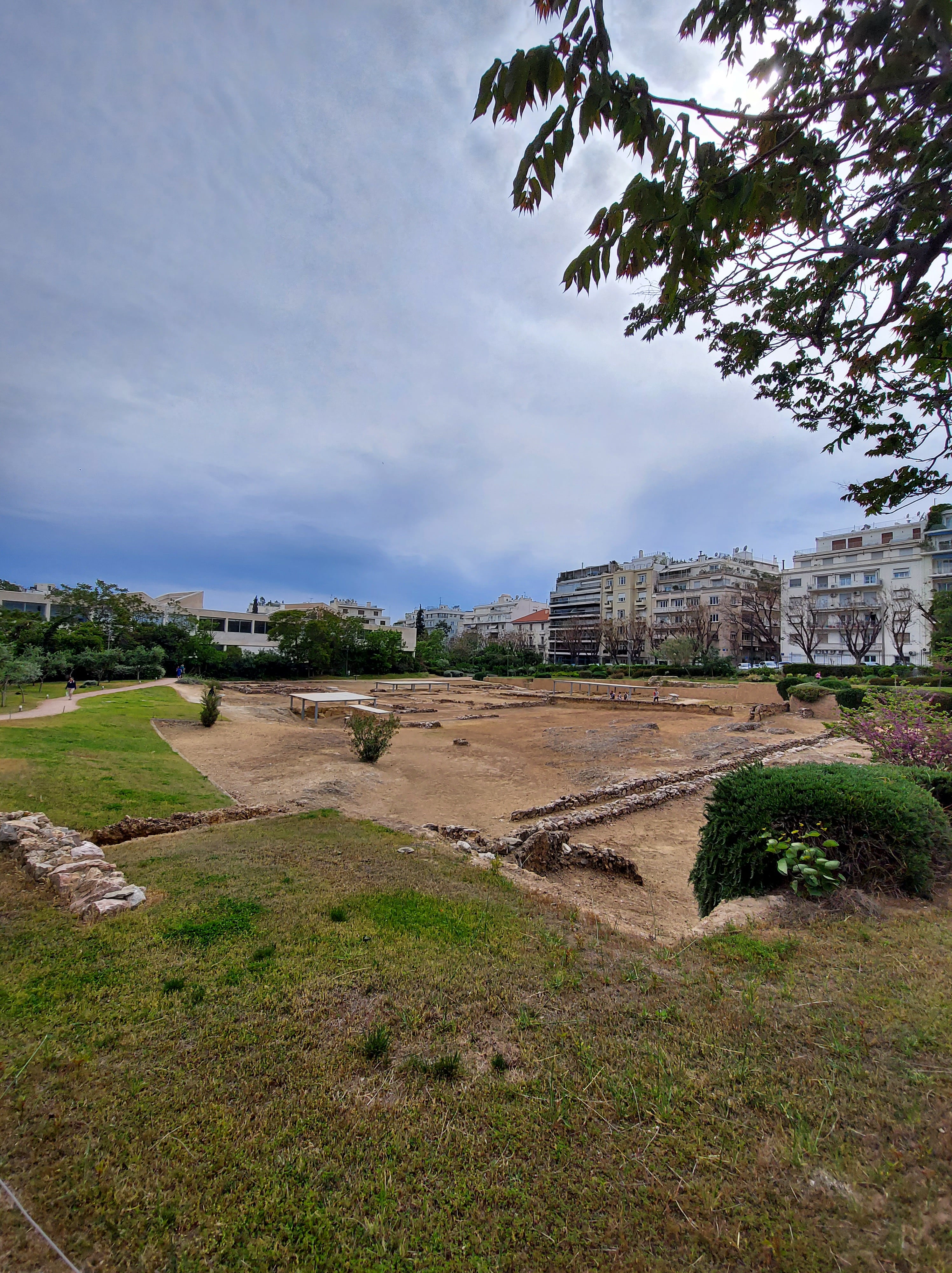Research goal
The aim of the project is to develop educational pathways for selected heritage sites, taking into account the need to include the knowledge acquired by Polish Studies students in the scope of, among others, cultural studies, literary anthropology and performance studies in the fabric of teaching with living heritage and embedded education. The idea is to use the potential of cultural heritage (from antiquity to the 20th century), including specific so-called heritage sites as well as cultural and educational institutions, to embed the knowledge acquired by future Polish Language and Literature teachers in a specific microhistorical framework with an element of direct experience, involvement and spatial thinking (educational power of heritage sites and related affective practices and spatial embedment). The project also proposes the performative use of heritage sites in the construction of new interpretative strategies based on the discursivisation of spatial activities and locative media. Combining elements inherent in modern humanities with the materiality and spatiality of heritage sites (education through participation in important places; their locative nature) fosters the expansion of interpretative skills of Polish Studies students, their cultural studies, comparative and didactic workshop.
It is worth mentioning that heritage education was part of the European Year of Cultural Heritage. It is also supported by the EC under the European framework for action on cultural heritage, e.g. the e-twinning initiative bringing together European schools with an implemented heritage programme (www.etwinning.net) and specific programmes such as Dive into heritage.
Several elements were necessary to make it possible for the students to use heritage sites not only on a ‘periegetic’ experience basis. First of all, it was necessary to select the very places of cultural heritage importance that would form the grid of the project (sites related not only to antiquity but also to the Greek uprising of 1821 – Messologi, World War II – Maleme, Dionyssos-Rapendoza and the struggle against the regime of the so-called ‘black colonels’ – the students’ uprising at the Athens University of Technology). Secondly, it was important to develop education paths that combine the immediacy of experiencing the mentioned sites with theoretical knowledge. For example, in order to understand the specificity of Greek philosophy, it is necessary to familiarise oneself with the principles and conditions of its practice, we may call it its habitus (vide the Athenian Lykeion); the same applies to the origins of writing practices and the way oral literature functions (the agora casus). Next, cooperation had to be initiated with museums and educational institutions, which would act as ‘co-hosts’ of the project making their collections and space available for didactic purposes and ‘equipping’ those preserved heritage sites with historical artefacts (the heritage site – non-site relationship typical of land art practices). The first stage of the research consisted of queries conducted at Greek educational institutions (Athens Institute for Education and Research), museums and international institutes dealing with Greek cultural heritage (e.g. British School at Athens, Polish Archaeological Institute at Athens). They helped, among other things, to identify heritage sites relevant from the point of view of Polish Studies didactics. In the first phase of the project, three sites were selected: Pnyx, Agora and Lykeion. Then, in the second, practical part, the sites had to be documented and the paths themselves had to be developed so that they could be tested using the strategy of situational drift and practices appropriate to transurbation.
Related publications:
Technopaideia in literary education, „Computers in the Schools. Interdisciplinary Journal of Practice, Theory, and Applied Research” (2023), Special Issue: Artificial Intelligence and Education (AI&ED): Possibilities, Pedagogies and Risks. READ MORE
Heritage sites analysed as part of the project:
Pnyx
The Pnyx (‘squeezed side by side’) is the name of one of the most important hills of Athens, located opposite the western slope of the Acropolis. In the classical period, the Pnyx was the site of popular gatherings, the so-called Ecclesia. It was the place where Themistocles, Pericles, Demosthenes and all other greatest Athenian speakers delivered their speeches. The architectural arrangement of the hill was adapted for a public function and consisted of a rostrum (bema) and a semi-circular audience in the form of a rock-cut terrace for the members of the assembly. Behind the rostrum there was an altar (of Zeus?), while above it there were seats for the president of the assembly and the prytaneis, the so-called proedria. Situationist drift strategy: walking around the Pnyx provides an opportunity to step into the role of a citizen of the polis, a listener and participant in the assembly, especially if the activity is part of a gamified class (vide the I spy Greece project developed in the framework of the Institute of Play). READ MORE
The basis of the drift consists of bodily, sensorimotor sensation, especially visual sensation, the ability to situate oneself in relation to people, objects and landscape elements, including apprehension of their scale and placement (body cognition). A study of a 15-person group of anonymous volunteers (tourists) in situ produced a map of the densities of biosensory activity. After a walk along a designated route and stops at specific locations, participants were asked to indicate on prepared digital maps the places or objects on which they had focused their attention, starting with those of the greatest interest. It turned out that attention in more than 90% of the surveyed cases concerned three sites: the Acropolis, the Agora and the Areopagus forming a ‘viewing triangle’ embedded in the specular politics of the place. The importance of the Pnyx in the classical period is significant precisely because of its topographical location in relation to the Acropolis, the Areopagus and the Agora, i.e. the political-religious core of Athens. These places were in front of all those addressing the assembly, and they saw them as a kind of monumental ‘theatrical stage design’ for the Ecclesia. What the citizens of Athens were discussing, the interests of the polis, was thus made visible and materialised in this view from above, from the perspective of the omniscient narrator-observer (third-person narrative). The Athenians literally had the subject of their debate in front of their eyes, which created a visual-rhetorical-corporeal interplay among the speaker, the participants and the environment. This brings up, among other things, the issue of focalization, i.e. the distinction between who is looking and who is speaking (according to G. Genett). The panoramic landscape of the city, offering the possibility of a distanced, full view, can also be seen as an element of pictorial rhetoric, reinforcing the speaker’s message. Athens was ‘projected’ to the speakers and attendees of the assembly, while the latter had the opportunity to reflect on it and actively consider the message as part of the debate. This visualisation scheme, which is part of the world-image time model, is closely linked to the axiological sphere and the model of cognition developed in classical culture based on a rationalised attitude towards the world (man as a distanced observer, capable of objective evaluation). Thus, the Pnyx, with its geographical location in relation to the Agora, the Areopagus and the Acropolis, embodies the primacy developed in the Greek world of a particular model of thinking based on distancing, reflection, observation and theory (Gr. theōría, ‘looking at’, theōréō, ‘I look, consider’, theōrós, ‘spectator’) and rational grounds. Speakers and spectators on the Pnyx, looking at their polis from a certain distance, we are here to make important decisions…
This rhetorical schema can be an interesting exercise in organising various types of school debates aimed at acquiring skills in argumentation and debate such as the Socratic Smackdown, a model developed by Rebecca Grodner for Quest to Learn group of schools in New York. READ MORE
It is also worth highlighting that a multimodal 3D interface called Bema has been developed, giving the opportunity to participate in an engaged debate on the Pnyx in virtual reality. READ MORE
